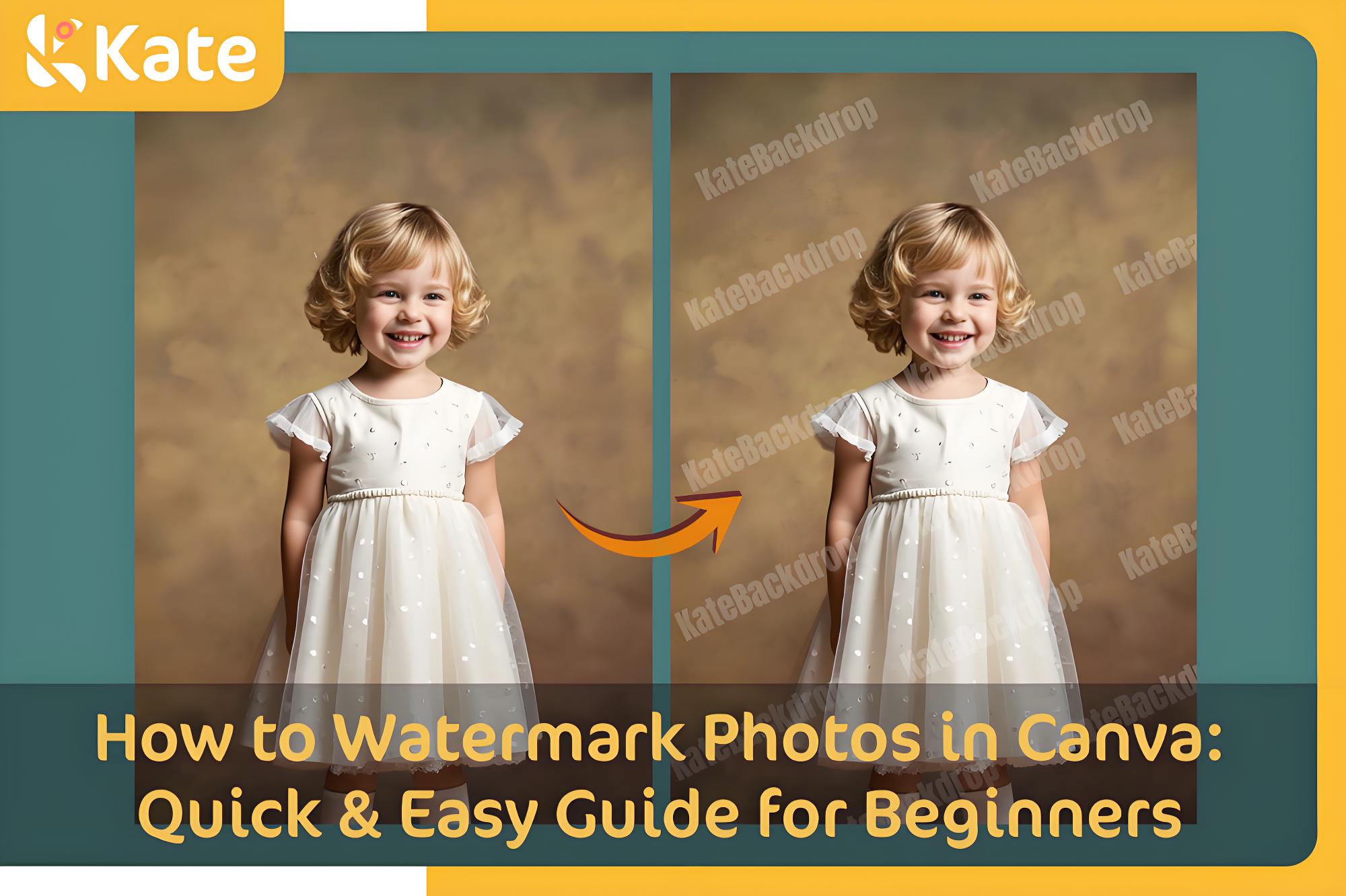✨ Build your dream setup!
How to Photography Rhythm: 5 Types, Common Subjects | 6 Essential Tips

Rhythm is significant in photography because it can either make or break a photo, and that is what separates great photography from good photography. This article discusses the aspect of rhythm in photography, what it is and how to use it in your photography. We will also list several examples and tips necessary for creating rhythmic photos.
What is Rhythm in Photography?
All forms of art including photography have rhythm as a vital element. In photography, rhythm involves repeating or alternating the visual elements of a scene. This is achieved through textures, colors, shapes, and lines. Rhythmic photos can create a sense of movement and flow as the viewer goes through the image.
Rhythm can be used to create balance or harmony in photos. For example, in portraiture, rhythm can portray a sense of intimacy between the viewer and the subject of the image. Rhythm can also be used to convey a grandeur scene in landscape photography. The aspect of rhythm is significant to photographers because it can be put to great effect.
5 Types of Photography Rhythm
1. Random Rhythm
.A photography rhythm that is less structured or does not follow a regular pattern is considered a random rhythm. Random rhythm is more erratic which means it can be used to create a sense of tension or movement in a static scene.

Photo by Tonmoy Iftekhar on Unsplash
Examples
- A field scattered with cows.
- A field scattered with leaves.
- The sky was scattered with hot air balloons.
Photographic Effects
The human eye is prone to move when it encounters an image with scattered elements. Rhythmic photos make for more engaging viewing because they create a sense of movement.
2. Alternating Rhythm
When two or more parts of an image are repeated, this is considered an alternate rhythm. The repetition can be varied or exact in colors, shapes, and lines.

Photo by Pixabay on Pexels
Examples
- A keyboard’s white and black keys
- A two-toned shirt’s stripes.
Photographic Effects
Alternating rhythm is predictable which makes it reliable because the alternation produces a more vibrant and exciting image as opposed to a single repeating part of the regular rhythm.
3. Regular Rhythm
Regular rhythm in photography involves the repetition of patterns such as shapes, lines, or colors. Regular rhythm can create a sense of harmony in a photo which is why it is often found in nature or created artificially by fences or building structures.

Photo by Esteban Jaramillo Muñoz on Unsplash
Examples
- Fence
- A forest with trees in a row
Photographic Effects
Regular rhythm produces a sense of calmness and orderliness in a photo. There is a soothing and relaxing effect caused by the repeating patterns. This aspect can be used to lighten up an otherwise boring scene.
4. Progressive Rhythm
The progressive rhythm just like the regular rhythm involves the repetition of comparable elements. The difference is in how we see the repetition because in progressive rhythm the repeated part varies in size on each repetition. Color can also be repeated in a manner that the changes provide a progressive rhythm.

Photo by GEORGE DESIPRIS on Pexels
Examples
- A row of trees vanishing into the horizon.
- The ripples that appear after throwing a stone into a pond of water.
Photographic Effects
Progressive rhythm not only directs your attention but also affects how the eyes move while viewing the image. The changes in tempo from huge to tiny to large always enliven or calm the viewer.
5. Undulating Rhythm
Undulating rhythm is created by a series of curved lines which can be in different colors, lengths, and thicknesses.

Photo by Denis Yosifov on Unsplash
Examples
- Waves of the ocean
- Rolling hillside
- Curvey road
Photographic Effects
Undulating rhythm lacks sharp edges resulting in a soothing uneven ups and downs rhythm.
6 Tips for Photography Rhythm
Now that you are aware of the types of rhythm photography, below are some tips on how to create rhythmic photos:
1. To Create Abstract Scenes, Zoom In on Repetition
Repetition is important in creating any sense of rhythm in your photography. The structure and repeating patterns of the scene create an abstract image as one zooms in on the repeated elements. Repetition is effective in photographing cityscapes and landscapes where there are geometric shapes that can be emphasized.

Photo by NaturEye Conservation on Pexels
2. Look for Patterns in Color Repetition
You can add impact and interest to your photos by locating where colors are repeated because you will be able to create a visual sense of movement. You can look for colors and shapes that are either alike or sharply contract with each other. Color repetition creates a feeling of balance and harmony resulting in a visually appealing photo.

Photo by alex ohan on Pexels
3. Break Up Repeating Patterns With An Element
A good photo, just like any other form of art, must have a certain flow that directs the viewer’s eye through the image. There are different ways to achieve rhythm in a photo but the simplest of them is breaking up the repeating patterns. For example, picture a scene with a long line of identical trees.

Photo by Marii Siia on Unsplash
If you want to add rhythm to this picture, try focusing on one tree in the foreground and using it to lead the eye into the rest of the frame. A sense of movement is created when you break the pattern of trees which adds interest and appeal to the image that would have otherwise been a stagnant scene.
4. Discover Recurring Elements That Cut Through Chaos
Photography, just like in life, has a lot of chaos and clutter. To add some rhythm to your image, locate elements that are repeated throughout the scene and use them to lead the eye through the photo. For example, imagine a street filled with cars, people, and attention all competing for attention.

Photo by Ehsan Haque on Pexels
Rhythm can be added to this scene by repeated elements such as lines of buildings or pavements. By using a repeating element to guide the eye one creates a sense of order and visual interests in the busy scenes.
5. Discover Repetition in the World's Rhythm
The world is a space filled with rhythm from our heartbeats to the changing of seasons. Natural patterns around you can be used to add rhythm to your photography by creating visually interesting images.

Photo by Pierre Châtel-Innocenti on Unsplash
For example, you can add rhythm to the flow of a river or the pattern of leaves in a tree to produce a sense of movement in your photos. The rhythm of the world around you can be channeled to add interest and impact to your photography.
6. Use Repeating Patterns and Multiple Patterns in One Picture
Multiple repeating patterns in a single image are among the most effective ways to add rhythm to your photos. This is achieved by layering different elements or locating the meeting point of multiple patterns.

Photo by Jason Mavrommatis on Unsplash
For example, the lines of a road and the branches of a tree can be layered together. Or one can find a scene with cars driving and people walking to create a flow of movement sense. One can create an image that is visually interesting and full of rhythm through multiple repeating patterns.
Conclusion
Rhythm is present everywhere around the world from our speech to our movement. In photography, rhythm is a powerful tool that can be used to tell a story or send an impactfull message.
You will be able to create a unified body of work that is consistent and unique from everyone through expereiimenting different types of rhythm in your photography. So start snapping and making great rhythmic photos.














 Christmas 🎅🏿
Christmas 🎅🏿

















